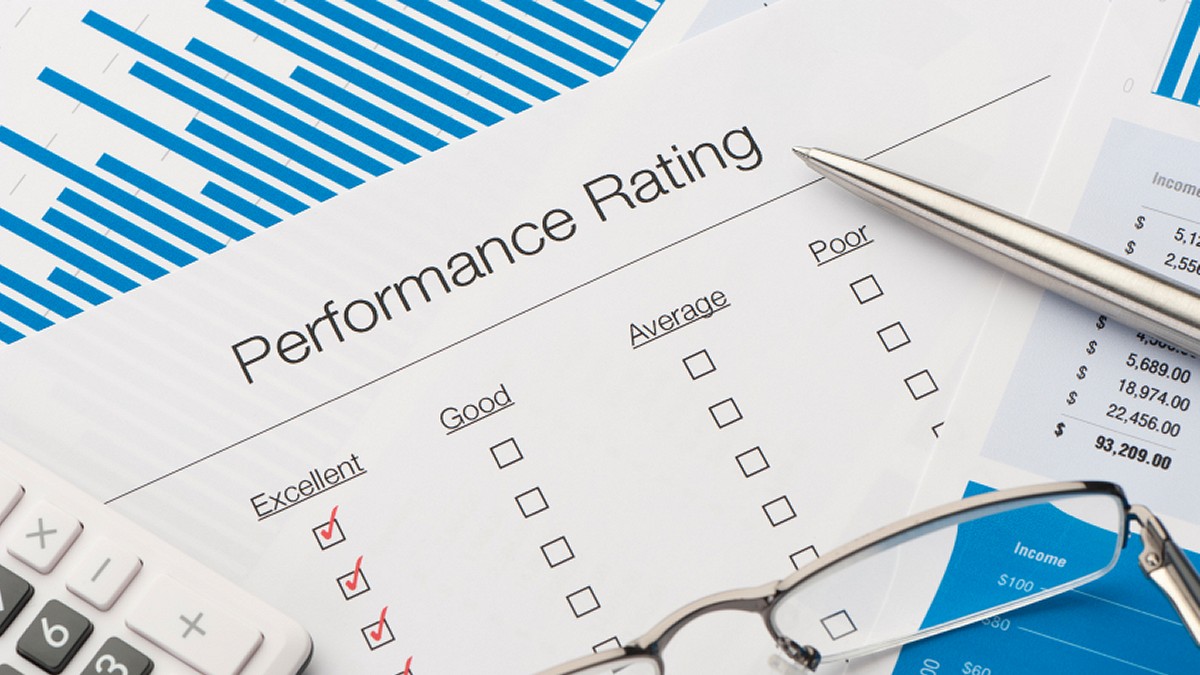Governor of the Central Bank of Iran Valiollah Seif has announced that the ratings of Iranian banks by a state-run entity will soon be publicized, which for the first time will give customers a criterion to use official rankings when assessing lenders.
While CBI had been reluctant in the past to make any evaluation of lenders available to the public, the recent debacle of uncertified credit institutions and dubious banking practices prompted the regulatory body to take a tougher line on these lenders.
Seif noted that these ratings will be announced publicly by Oct. 22, Mehr News Agency reported.
The ratings have been conducted by Iran Credit Scoring Company (CSC), a ratings agency affiliated with CBI and the Ministry of Economy.
Seif was quick to add, however, that the more sensitive and detailed ratings conducted by the bank itself will continue to remain confidential.
“CBI has two projects in the pipeline in terms of rating the banks, one of which is an insider project whose findings will not be disclosed to the public and represents the depth of CBI’s inspection and supervision over banks,” he added.
He was referring to the main bank rating scheme spearheaded by the central bank, which was first announced last year and based on which lenders will be classified into four main groups of “without visible risk”, “low risk”, “average risk” and “high risk”.
The insider scheme will presumably be used by the regulator in its efforts to reward principled banks and punish the errant ones by, for instance, increasing or lowering overdraft fees.
But, as Seif outlines, the second rating project undertaken by CSC rates lenders based on the performance of their balance sheets.
To come up with the final ratings, the company will evaluate the banks on their ratio of assets to liabilities and management of resources, among other things.
CSC was founded in 2006 under the auspices of the central bank and the Ministry of Economic Affairs and Finance with the sole aim of rating the financial institutions.
The CBI chief also pointed to the longstanding plan to unify the dual foreign exchange rate regime and said, “We are still moving toward [the goal of] rate unification and we still have a lot of time” contrasting his previous comments that the rates would be unified “early into Rouhani’s second term [that started early August]”.
CBI’s recent directive eliminated subsidized travel currency and gradually increased official foreign exchange rates to come closer to open market rates, which were described by the official as the latest positive measures toward rate unification.
More Foreign Finance Coming
In separate remarks made at a ceremony to launch two projects aimed at job creation at the Management and Planning Organization, Seif also pointed to the recent landmark foreign finance deals, indicating there is more to come in the foreseeable future.
“In the coming days and weeks, we will also witness the signing of more deals and agreements for [attracting] foreign finance,” he said in a meeting that was also attended by the head of MPO, Mohammad Baqer Nobakht.
On Thursday, five Iranian banks, whose CEOs had travelled to Beijing as part of a delegation headed by Seif, jointly signed a finance deal worth $10 billion with CITIC Trust, a Chinese state-owned investment company, to fund development projects in Iran.
During his visit, Seif also signed a memorandum of understanding with the Development Bank of China on financing construction and manufacturing projects worth €15 billion.
Another $10 billion finance deal has also been negotiated with the Export–Import Bank of China, of which the $1.5 billion finance deal signed in Tehran on July 26 between the Chinese lender and Iran’s Bank of Industry and Mine was a component.
The central bank governor also referred to employing the full potential of small- and medium-sized enterprises as “one of the most important linking chains of the ultimate goal of creating jobs” and noted that by backing the ailing SMEs, CBI is emulating the successful experiences of other countries.
“International studies conducted in this area affirm that the share of businesses with less than 20 employees in creating new jobs is much more than other manufacturing units,” Seif said.


